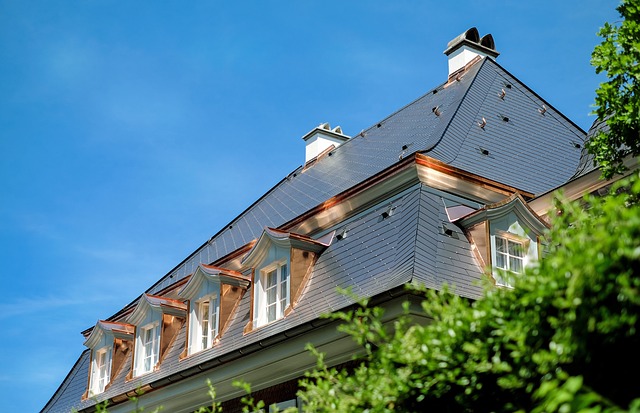What You Need to Know About Roof Trusses
Take a moment to imagine that the most important part of your roof, the part that keeps it stable and steady, works perfectly without you having to think about it. With their strong and reliable support, roof trusses are engineered frameworks that are usually made of metal or wood.
If you know the basics of roof trusses, you can make better choices about your building or remodeling project. Before you buy a roof, read this article to learn about roof trusses and how important they are for making a strong and long-lasting roof.

Types of Roof Trusses
King Post Truss
A King Post truss is a simple roof truss design commonly used in small buildings or homes. It consists of a central vertical post (the king post) supporting two angled beams that connect to the apex of the roof.
This truss is straightforward in construction and offers adequate support for lightweight roofs. It's suitable for spans up to around 8 meters and is cost-effective for smaller structures.
Queen Post Truss
Similar to the King Post truss, the Queen Post truss also features a central vertical post, but with two vertical posts (the queen posts) instead of angled beams.
The queen posts provide additional support and stability, making this truss suitable for larger spans and heavier loads. It's commonly used in residential and commercial buildings where a stronger roof structure is needed.
Howe Truss
The Howe truss is a triangular roof truss with vertical members (posts) and diagonal members (rafters) arranged in a Howe configuration. This design offers excellent strength and stability, making it suitable for large-span structures like bridges, industrial buildings, and warehouses.
Pratt Truss
This design has diagonal members that slope down toward the truss's center, and vertical members that support the load in the middle. The Pratt truss is commonly used in bridges, commercial buildings, and agricultural structures. It offers a good strength-to-weight ratio and is efficient for medium to long spans.
Fink Truss
The Fink truss is a popular roof truss design characterized by its W-shaped web configuration. It consists of diagonal and horizontal members arranged in a zigzag pattern.
The Fink truss is lightweight yet strong, making it suitable for residential and commercial buildings with medium spans.
Scissor Truss
A Scissor truss is a variation of the common truss design where the bottom chords intersect and cross each other, resembling a pair of scissors. This design creates a vaulted or cathedral ceiling, providing more headroom and aesthetic appeal.
Scissor trusses are commonly used in residential buildings, churches, and recreational facilities where a spacious interior is desired.
Gambrel Truss
A Gambrel truss is a specialized truss design with two different slopes on each side, creating a barn-like or gambrel roof shape. This design maximizes headroom and provides additional storage space in the attic or loft area.
Gambrel trusses are commonly used in residential buildings, especially in areas where snow load considerations are important, as the steep upper slope helps shed snow efficiently.
Advantages of Using Roof Trusses
Structural Strength and Stability
Trusses are engineered to distribute weight evenly across the entire roof structure, ensuring it can withstand heavy loads like snow, wind, and rain. The triangular configuration of trusses provides inherent stability, making them resistant to bending and sagging. This structural integrity helps prevent roof collapse and ensures the safety of the building and its occupants.
Cost Efficiency
Using roof trusses can be more cost-effective than traditional roofing methods. Trusses are typically prefabricated in a factory, which reduces labor and material costs compared to on-site construction. The efficiency of truss production means less waste and faster assembly, further lowering expenses.
Design Flexibility
Whether it's a traditional gable roof, a complex hip roof, or a modern flat roof, trusses can be engineered to meet specific design specifications. This flexibility allows architects and builders to create unique and visually appealing roof structures that enhance the overall aesthetics of the building.
Explore Quality Roof Trusses
With their expertise and commitment to excellence, you can trust in the structural integrity and reliability of your roofing systems. So, don't compromise on quality—explore Truss & Frame for your roofing needs and build with confidence.